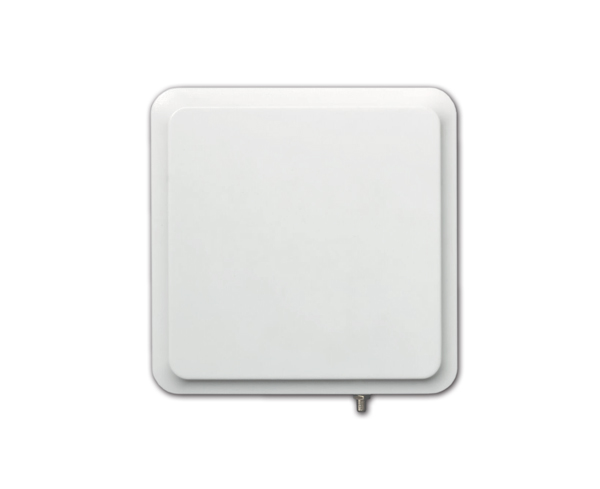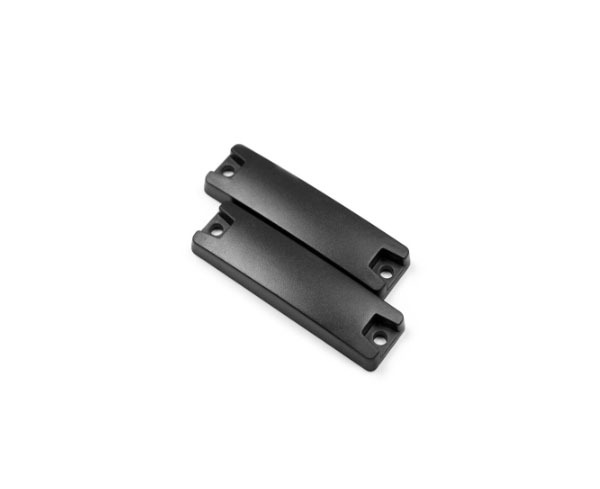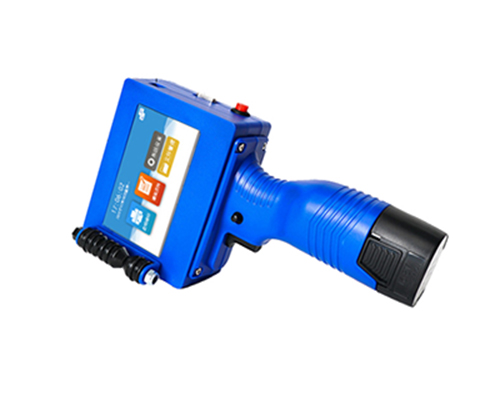UHF RFID technology has many potential applications in the automation industry. Here are some examples of how UHF RFID can be used in this industry:
1. Asset Tracking: UHF RFID tags can be attached to equipment, tools, and other assets to track their location and status in real-time. This can help to improve asset utilization, reduce losses, and optimize maintenance schedules.
2. Inventory Control: UHF RFID tags can be attached to inventory items to track their movement throughout the warehouse or production facility. This can help to reduce errors, improve order fulfillment, and optimize inventory levels.
3. Work-in-Process (WIP) Tracking: UHF RFID tags can be attached to work-in-process items to track their movement through the production process. This can help to improve production efficiency, reduce errors, and optimize workflows.
4. Quality Control: UHF RFID tags can be used to track the movement of products through the production process and ensure that they meet quality standards. This can help to reduce defects, improve product quality, and enhance customer satisfaction.
5. Personnel Tracking: UHF RFID tags can be attached to employee badges to track their movement throughout the facility. This can help to improve safety, optimize workflows, and ensure compliance with regulations.
In the automation industry, UHF RFID solutions can help to improve operational efficiency, reduce costs, and enhance overall productivity. By implementing UHF RFID technology in the appropriate areas, businesses can gain real-time visibility into their operations and optimize their processes for maximum efficiency.

How can UHF RFID technology be integrated with existing automation systems?
UHF RFID technology can be integrated with existing automation systems in several ways, depending on the specific application and system requirements. Here are some common integration methods:
1. Middleware: Middleware software can be used to integrate UHF RFID data with existing automation systems, such as warehouse management systems (WMS), enterprise resource planning (ERP) systems, or manufacturing execution systems (MES).
2. APIs: Application programming interfaces (APIs) can be used to integrate UHF RFID data with existing software applications or systems. APIs enable data exchange between different systems, allowing UHF RFID data to be seamlessly integrated with existing automation systems.
3. Custom Integration: Custom integration can be used to develop a customized solution that integrates UHF RFID technology with existing automation systems. This approach can be tailored to specific requirements and can be used to develop a highly optimized solution.
4. RFID-enabled devices: RFID-enabled devices, such as handheld scanners or mobile computers, can be used to collect UHF RFID data and integrate it with existing automation systems. These devices can be used to scan tags and transmit data wirelessly to the automation system.
5. RFID Readers: RFID readers can be integrated into existing automation systems to collect and transmit UHF RFID data. This approach can be used to improve the accuracy and speed of data collection and enable real-time tracking and monitoring.
In general, the integration of UHF RFID technology with existing automation systems requires careful planning and consideration of the specific requirements and constraints of the system. By selecting the appropriate integration method and implementing it correctly, businesses can gain valuable insights and improve their operational efficiency and productivity.
If you need more information, don’t wait, contact us!


